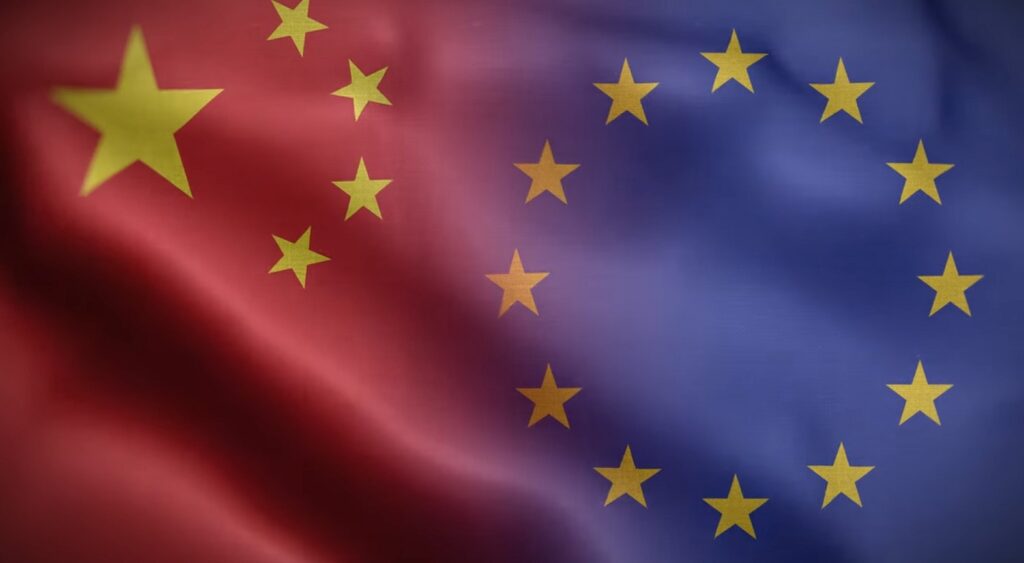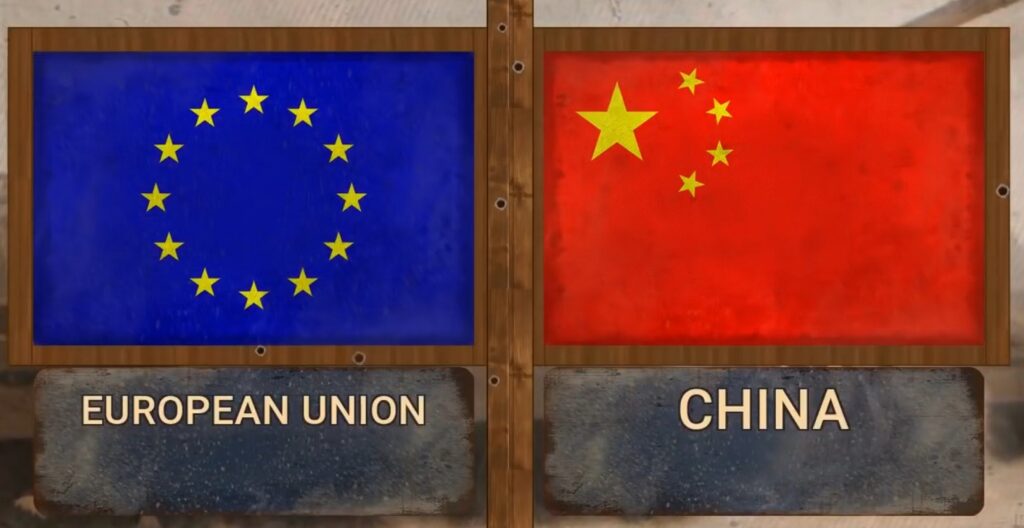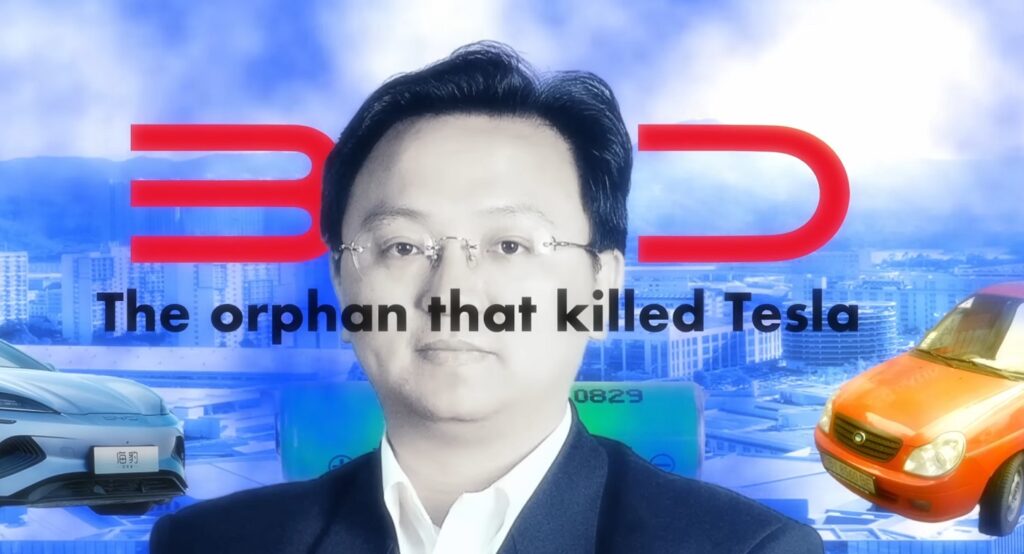
A Quiet Takeover on Europe’s Roads
From Oslo’s cobblestone streets to Germany’s autobahns, Chinese electric vehicles (EVs) are no longer rare sightings—they’re becoming the new normal. Armed with low prices, cutting-edge technology, and government backing, China’s automakers are reshaping the competitive landscape of the European EV market. What began as a quiet entry in Norway is now becoming a continent-wide disruption, putting traditional European carmakers under increasing pressure.
This article explores how China achieved its EV dominance in Europe, the implications for the continent’s economy and security, and what needs to be done to reclaim control over the future of mobility.
The Rise of Chinese EVs in Europe
1. Norway: Europe’s Electric Vehicle Testing Ground
Norway, often referred to as Europe’s EV laboratory, offers the clearest example of China’s electric vehicle success story. Since January 2020, Chinese EV manufacturers such as BYD, MG (owned by China’s SAIC Motor), and XPeng have rapidly gained ground, capturing roughly 10% of Norway’s EV market share as of mid-2025.
This market share is especially significant given Norway’s strict zero-emission policy, which mandates that 100% of new car sales must be electric by 2025. The lack of tariffs on Chinese imports, combined with open consumer attitudes and a nonexistent domestic car industry, made Norway a prime launchpad for Chinese brands in Europe.

2. Price Advantage: A Clear Competitive Edge
Chinese EVs offer unbeatable value. For example, before the European Union imposed tariffs in mid-2024, the BYD Dolphin was priced at around €32,400, while a similar Volkswagen ID.4 cost roughly €37,000. Chinese EVs are more affordable because of:
- Economies of scale
- State subsidies
- Vertical integration of supply chains
- Support from China’s massive steel and shipbuilding industries
Even after tariffs, Chinese cars remain attractive to many middle-class Europeans seeking budget-friendly electric alternatives.
3. Technological Sophistication Meets Market Demand
Affordability isn’t the only selling point. Chinese EVs are no longer viewed as “cheap knockoffs.” They come loaded with advanced features such as:
- State-of-the-art battery technology
- AI-powered driver assistance systems
- High-quality interiors
- Long-range capabilities
Consumers in Europe are taking notice. Surveys show European drivers enjoy driving Chinese EVs, and this has become a major concern for established brands like Volkswagen, Renault, and even Tesla.
The Bigger Picture: EVs, Strategy, and Security
1. Economic Disruption for European Automakers
The influx of Chinese EVs poses a serious threat to Europe’s auto industry, which supports around 13.8 million jobs and contributes 6.1% of total EU employment. European manufacturers are being undercut on price and outpaced on innovation, and many are struggling to scale up EV production at a competitive pace.
Germany—Europe’s auto powerhouse—is especially vulnerable. Its economy has been shrinking, with GDP contracting in both 2023 and 2024. One key reason? A lack of investment in future-facing sectors like EVs.
2. Security Risks of Connected Vehicles
Chinese EVs don’t just drive—they collect data. Connected vehicle technology allows cars to send and receive data in real time, raising alarm bells about national security. The Biden administration in the U.S. warned that foreign adversaries could “extract sensitive data” or even “remotely manipulate vehicles”.
Europe faces similar concerns. In October 2024, Israel’s military disabled media systems in Chinese-made Chery vehicles, fearing espionage risks. With China and Russia growing closer geopolitically, this type of surveillance threat cannot be ignored.
3. Dependence on Chinese Supply Chains
Chinese EV dominance is underpinned by its control over critical minerals, such as lithium and rare earth elements—essential for battery production. China also dominates the shipbuilding industry, allowing it to deploy custom-built, dual-fuel car carriers like those used by BYD to export EVs worldwide. This integrated approach gives China a competitive edge that Europe is struggling to replicate.
How Should Europe Respond?
1. Germany Must Take the Lead
Germany, with its relatively low debt-to-GDP ratio (63%), has the fiscal capacity to lead a transformational investment in domestic EV supply chains. Compared to France (111%), the UK (101%), and the U.S. (123%), Germany is well-positioned to scale up investments without risking fiscal instability.
Critically, Germany’s constitutional “debt brake”—which limits government borrowing—has hampered progress. However, reforms are underway, with potential Chancellor Friedrich Merz indicating plans to relax these constraints to fund defense and infrastructure. This momentum must be seized to:
- Build battery manufacturing plants
- Mine and process critical minerals domestically
- Support EV R&D and innovation hubs
2. Tech Transfer and Strategic Leverage
Europe remains China’s largest EV export market by value. This gives the EU significant leverage to negotiate technology transfers—a tactic Beijing has long employed. Requiring Chinese firms to set up joint ventures or share battery tech in return for market access could help close the technology gap and build European industrial resilience.
3. Security-Focused Regulations
Europe should implement risk mitigation protocols:
- Ban Chinese-connected vehicles near NATO and military facilities
- Restrict their use by defense personnel
- Conduct a continent-wide cybersecurity audit of connected car software and hardware
These steps would mirror measures being discussed in the U.S. and Israel, helping reduce espionage risks.
Final Thoughts: The Clock Is Ticking
China’s dominance in Europe’s EV market didn’t happen overnight—it’s the result of strategic foresight, massive investment, and policy alignment. If Europe wants to remain competitive, it must act decisively and fast. This isn’t just about market share. It’s about economic sovereignty, national security, and the future of mobility in a climate-conscious world. The challenge is great, but so is the
